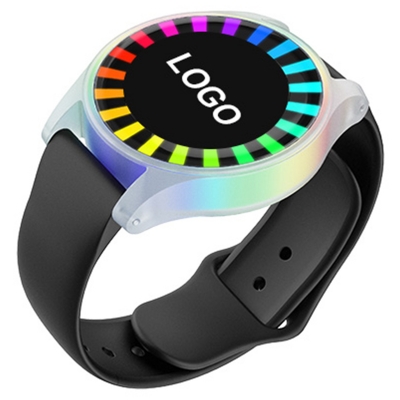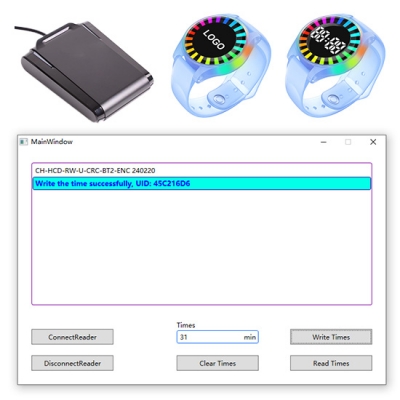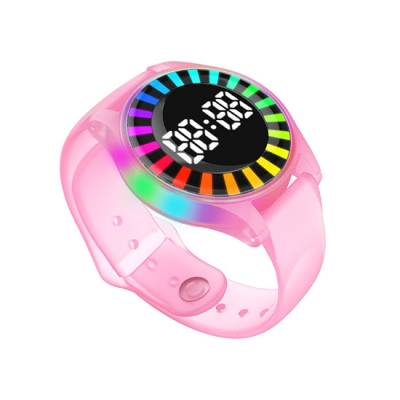La tecnología RFID utiliza campos electromagnéticos para identificar y rastrear automáticamente las etiquetas adheridas a los objetos. A diferencia de los códigos de barras, la RFID no requiere un escaneo en línea de visión, lo que permite una recopilación de datos más rápida y fiable. En la cadena de suministro, la RFID se utiliza para la gestión de inventario, el seguimiento de activos y la optimización logística.
Según un informe de Markets, impulsado por la necesidad de eficiencia operativa y visibilidad en tiempo real, se espera que el mercado global de RFID en la gestión de la cadena de suministro crezca de 10,7 mil millones de dólares en 2023 a 16,3 mil millones de dólares en 2028.
Beneficios clave de la RFID en la cadena de suministro
Mejorar la precisión del inventario
La tecnología RFID elimina los errores de conteo manual al automatizar la recopilación de datos. Un estudio de la Universidad de Arkansas reveló que la implementación de RFID en un entorno minorista redujo las discrepancias de inventario en un 27 %. Visibilidad en tiempo real. La RFID permite el seguimiento en tiempo real de los artículos a lo largo de la cadena de suministro.Reducción de costos
Al optimizar los procesos, la RFID puede reducir los costos laborales y minimizar las pérdidas por robo o extravío. Un estudio de McKinsey estima que la RFID puede ahorrar a los minoristas hasta un 15 % en costos operativos.Aplicaciones RFID en la gestión de la cadena de suministro
Gestión de almacenes
La tecnología RFID automatiza el seguimiento del inventario del almacén y reduce el tiempo de inspección manual. Por ejemplo, DHL implementó la tecnología RFID en sus almacenes, lo que aumentó la eficiencia operativa en un 25 %. Además, para una identificación fiable de los productos, el... Etiqueta UHF PCB sobre metal con antena RFID PCB " es una etiqueta RFID resistente al metal, diseñada específicamente para superficies metálicas. Su amplio alcance y capacidad de lectura múltiple la hacen ampliamente utilizada en la gestión de almacenes.
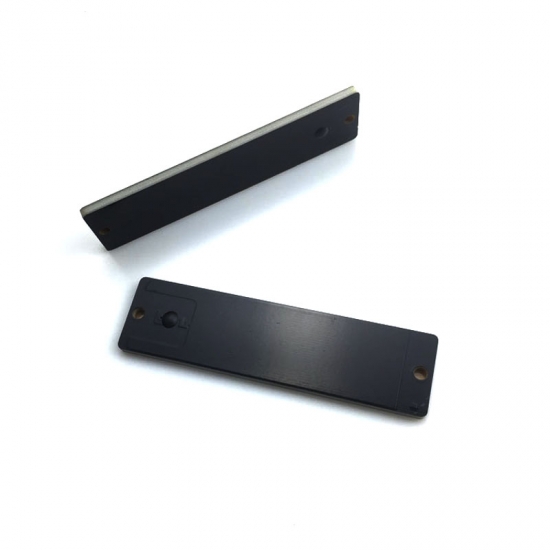
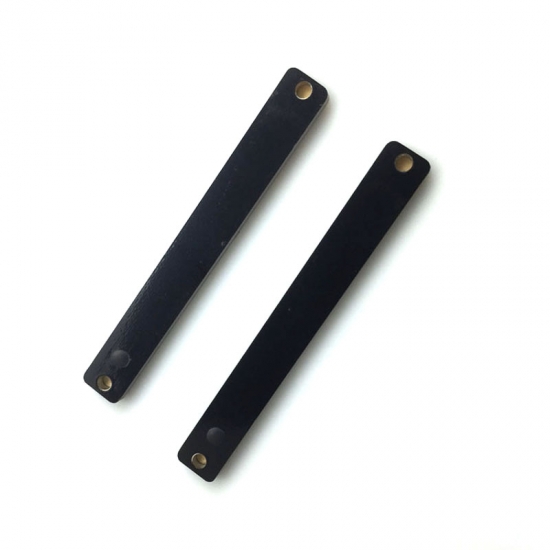
Seguimiento de activos
Además del seguimiento de inventario, la tecnología RFID permite rastrear eficazmente activos, equipos y herramientas de alto valor dentro de la cadena de suministro. Esto es especialmente importante para artículos que se trasladan con frecuencia o están expuestos a entornos hostiles. Las etiquetas RFID tradicionales son susceptibles a interferencias al rastrear activos metálicos como maquinaria o equipos informáticos. Para abordar este problema, se requieren soluciones especializadas. Por ejemplo, la tecnología " Etiqueta RFID flexible adhesiva sobre metal para seguimiento de activos " aborda eficazmente los desafíos de identificación de las etiquetas tradicionales en entornos metálicos, garantizando un seguimiento y una gestión confiables.Logística y Transporte
Las etiquetas RFID en contenedores y vehículos optimizan los procesos logísticos. La naviera internacional Maersk utiliza RFID para rastrear contenedores, lo que reduce retrasos y mejora la precisión de las entregas.Comercio minorista y comercio electrónico
Minoristas como Zara utilizan RFID para gestionar el inventario y mejorar la experiencia del cliente. Las etiquetas RFID en los productos permiten una rápida comprobación del inventario y ofrecen recomendaciones de compra personalizadas.Desafíos y soluciones
Altos costos iniciales
Si bien la implementación de RFID puede ser costosa, el retorno de la inversión a largo plazo vale la pena. Las empresas pueden comenzar con un proyecto piloto para evaluar su viabilidad antes de expandirse.Seguridad de datos
Los sistemas RFID son vulnerables a las filtraciones de datos. Los protocolos de cifrado y seguridad, como los estándares globales EPC, pueden mitigar estos riesgos. Integrar RFID con sistemas existentes puede ser complejo. Las soluciones de middleware y las API pueden ayudar a lograr una integración fluida y garantizar la compatibilidad con la infraestructura existente.
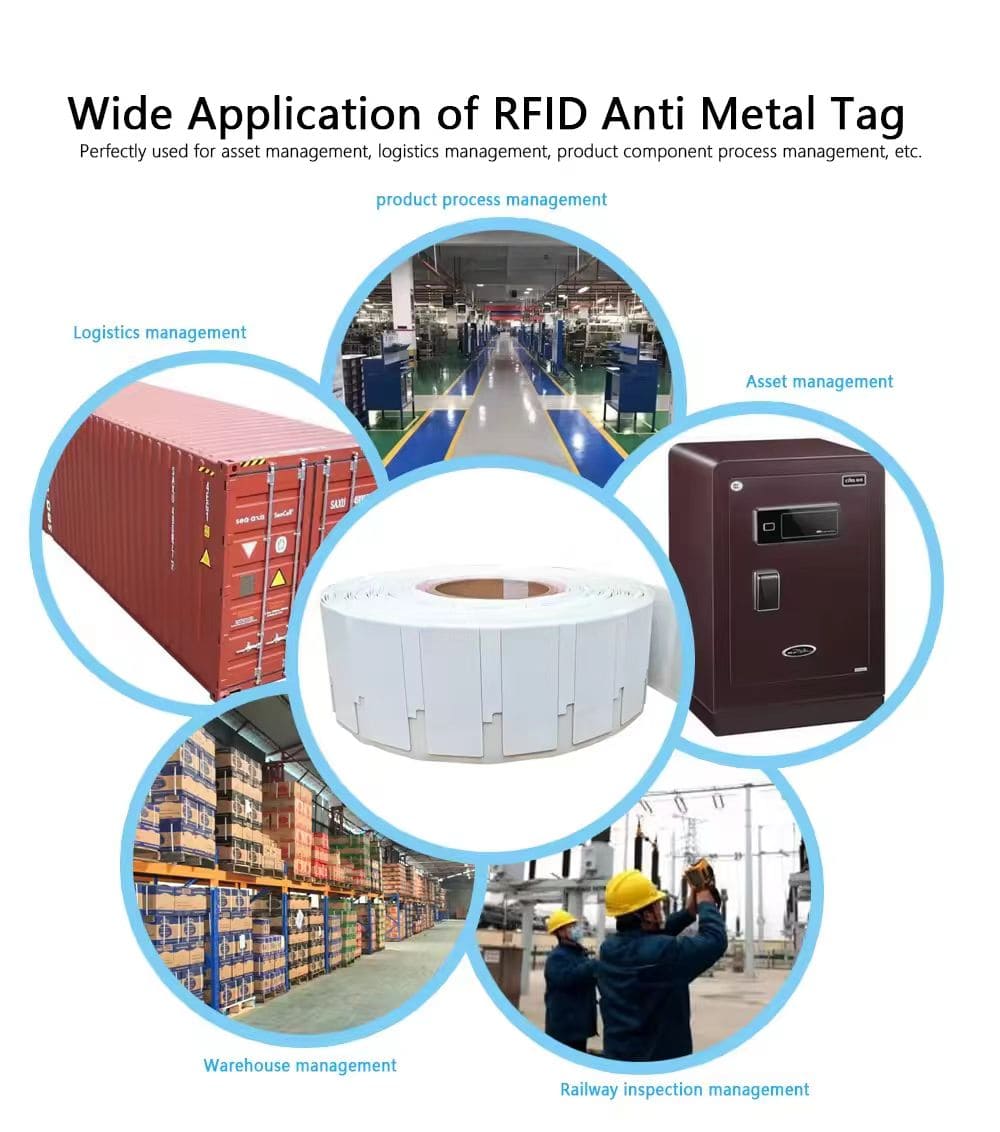
Tendencias futuras de RFID en la cadena de suministro
En Integración con el Internet de las Cosas y la Inteligencia Artificial
La RFID se está integrando cada vez más con sensores de IoT y algoritmos de IA para permitir análisis predictivos y una toma de decisiones más inteligente.Iniciativas de sostenibilidad
La tecnología RFID promueve el desarrollo sostenible al optimizar el uso de recursos y reducir los residuos. Por ejemplo, los contenedores de basura inteligentes con tecnología RFID pueden rastrear el volumen de residuos y mejorar la eficiencia del reciclaje.
Expansión a mercados emergentes
A medida que disminuyen los costos de RFID, su adopción está aumentando en los mercados emergentes, particularmente en Asia y África, donde existen ineficiencias en la cadena de suministro.











